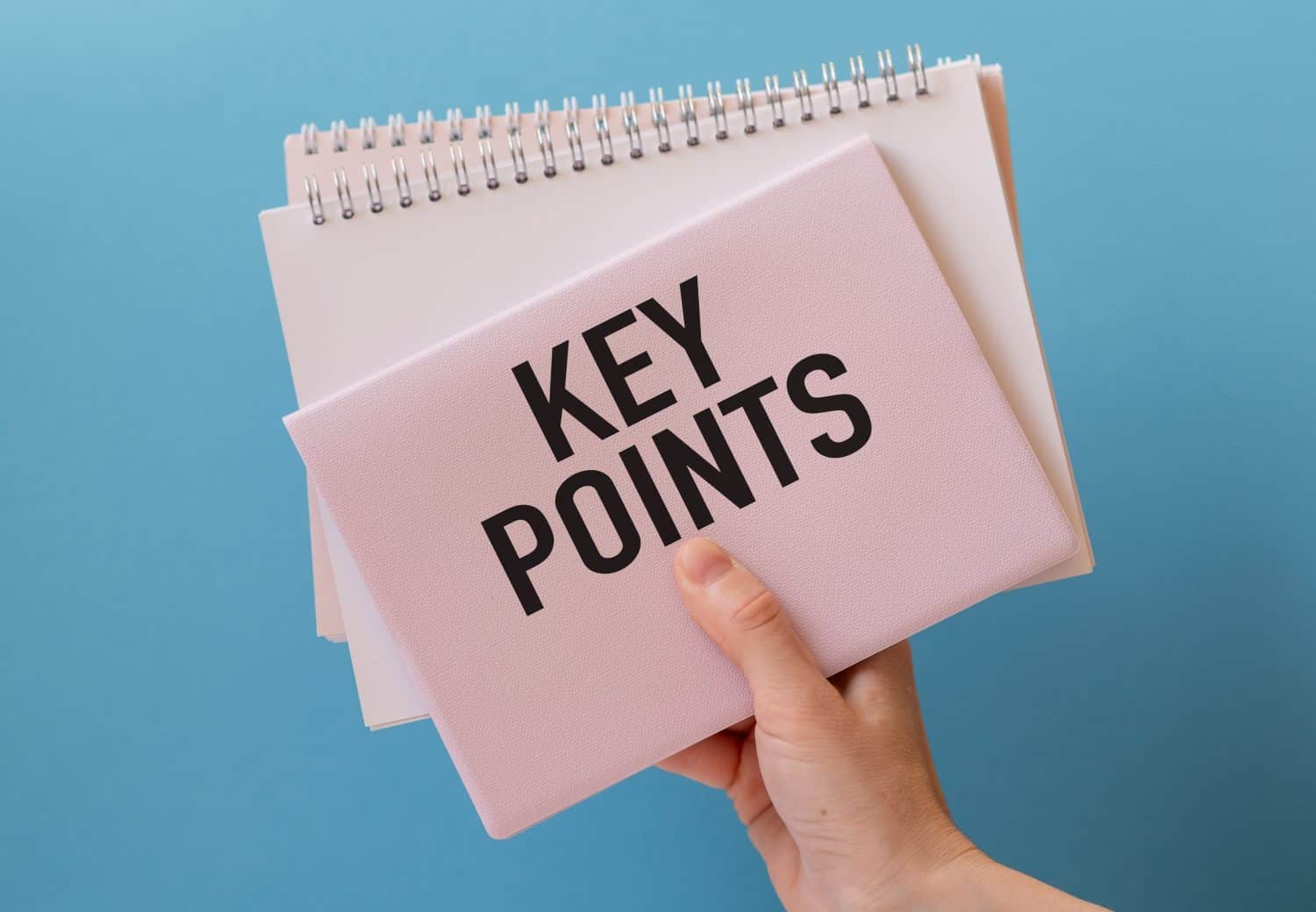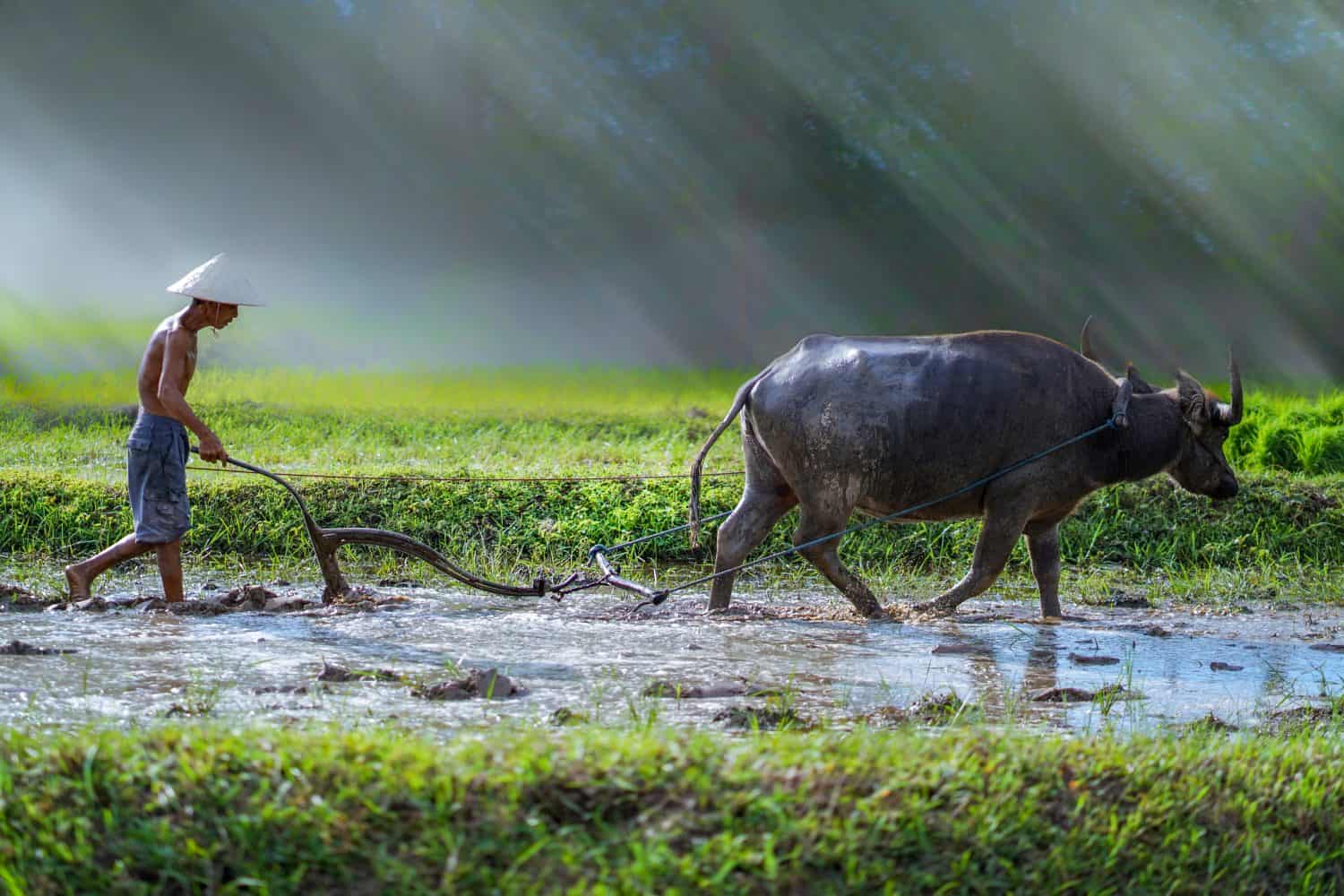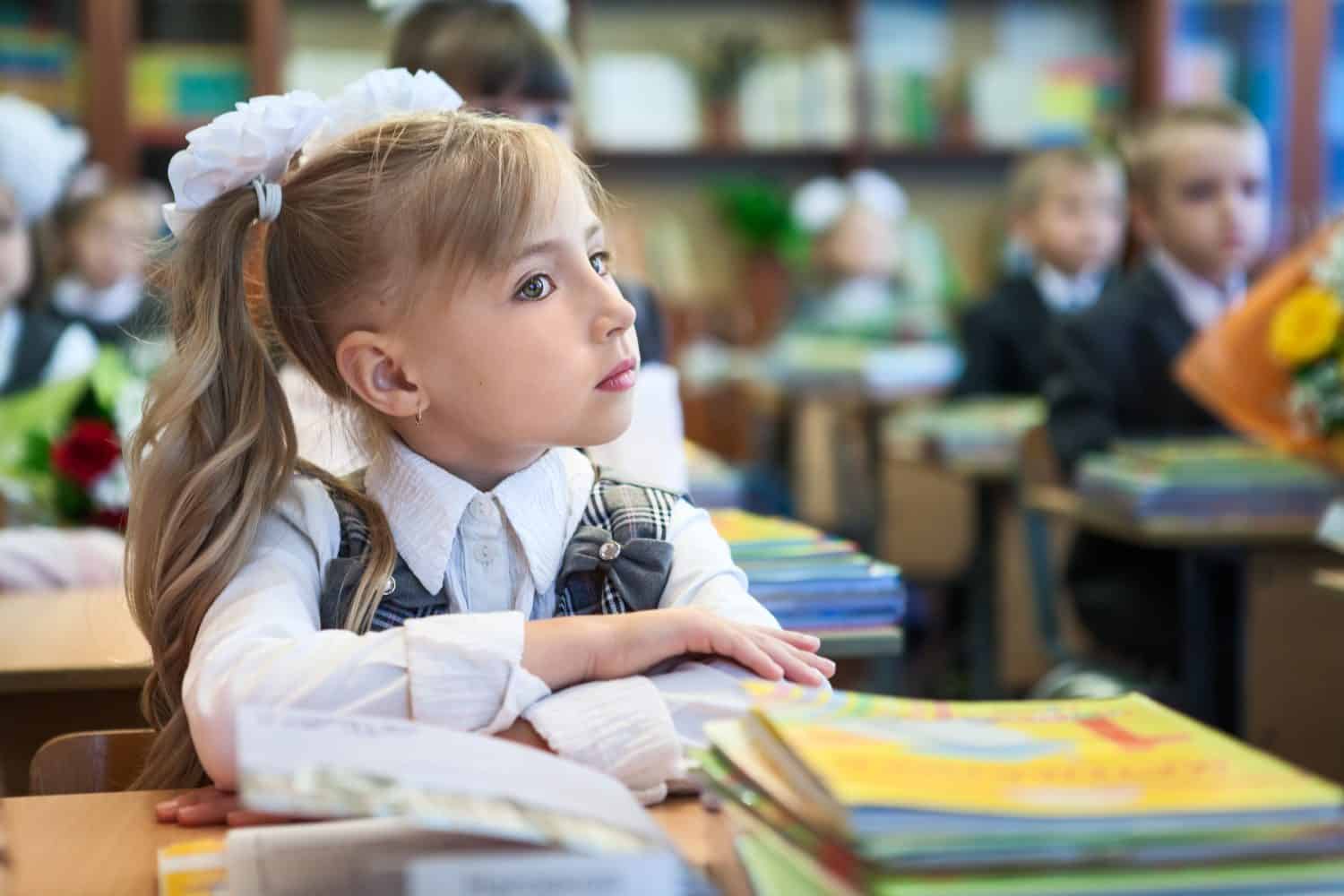
The dramatic collapse of communist regimes worldwide in the late 1980s and early 1990s leaves the impression of a failed system that got virtually nothing right. However, communism did advance some of the societies where it was implemented in areas the West is still struggling with. Truly, the “cure” was often worse than the problem itself. However, looking at some areas of success in communism can challenge us to find more effective ways to solve those problems in free market democracies.
Key Points

- Communism is based on a flawed economic theory and has historically created totalitarian regimes that have brutalized their people.
- Communism also made rapid progress in industrialization, science and technology, literacy, equality, and in creating opportunities for women and minorities.
- Check out: 2 Dividend Legends To Hold Forever and Discover “The Next NVIDIA
Communist Theory

Communism is based on the theories of Karl Marx, a 19th-century German intellectual who spent much of his life in Great Britain. Seeing the extreme inequality and urban misery of rapidly industrializing Europe, Marx theorized that the working class would one day rise up, overthrow the elite, and establish a worker’s paradise. Each person would work at their level of ability and receive what they needed without accumulating excess. Eventually, governments, money, and other institutional staples of modern societies would simply fade away because there would be no use for them.
Theory vs. Reality

Far from fostering a workers’ paradise, in practice communist regimes have been harshly repressive, denying their citizens basic civil liberties such as freedom of speech, the press, and religion. They often killed their critics, sometimes in the millions, to eliminate whole social classes as they consolidated power. Whenever they had the opportunity, millions of people chose to flee from communist countries, not flock to them.
The Fatal Flaw of Communism

Once established and functioning for years, communism has shown itself to disincentivize hard work, efficiency, and innovation. Rather than creating equality, it created an elite of communist leaders who enjoyed the good life while their people subsisted in relative poverty.
Fundamentally, the theory of communism takes an unrealistically optimistic view of the goodness of human nature, assuming that people could be convinced to work on behalf of the greater social good than in their own self-interest. Capitalism makes the opposite assumption: people are basically selfish, so if you set them free they will find innumerable ways to better their own situation.
Where Communists Previously Ruled

Former Soviet Union
- Armenia
- Azerbaijan
- Belarus
- Estonia
- Georgia
- Kazakhstan
- Kyrgyzstan
- Latvia
- Lithuania
- Moldova
- Russia
- Tajikistan
- Turkmenistan
- Ukraine
- Uzbekistan
Eastern Europe
- Albania
- Bulgaria
- East Germany
- Hungary
- Poland
- Romania
Former Czechoslovakia
- Czech Republic (Czechia)
- Slovakia
Former Yugoslavia
- Bosnia and Herzegovina
- Croatia
- Kosovo
- Montenegro
- North Macedonia
- Serbia
- Slovenia
Asia
- Afghanistan
- Cambodia
- Mongolia
- South Yemen
Africa
- Angola
- Benin
- Democratic Republic of the Congo
- Eritrea
- Ethiopia
- Mozambique
Where Communists Still Rule

Today there are only 5 countries left that are governed by a communist party, but none of them follows the classic Marxist doctrines.
- China and Vietnam are prospering because they have implemented market principles, freed their populations to innovate, and permitted the development of middle and upper classes.
- North Korea no longer describes itself as communist. Instead, its official ideology is Juche—a militaristic totalitarian cult of personality around the ruling Kim dynasty. But its economy still has many of the characteristics of a communist society, including heavy central planning and state ownership of most of the country’s economic capacity.
- Cuba and Laos have not made as much progress toward liberalizing their economies. Both are desperately poor.
Stopping Communism With Reforms

Marx thought the misery inflicted by brutal capitalist economies would inevitably lead to uprisings by the lower classes to throw off ruling elites. However, in reality industrialized countries took measures to prevent this from happening. This included reforms to improve conditions for workers and living standards in their countries, consumer protection legislation, functioning legal systems that allowed citizens to pursue compensation for damages in court, and regulations to break up monopolies and punish wealthy individuals and companies guilty of fraud or unfair business practices.
Stopping Communism With State Power

The United States dispensed massive financial and military aid to the countries of postwar Europe and many other parts of the world specifically to prevent the spread of communism. And when push came to shove, the U.S. and other western powers helped countries fight communist insurgents within their borders and went to war in places like Korea and Vietnam to try to prevent communist expansion.
What Did Communism Get Right?

Despite its massive and obvious failures, the communists achieved significant social reforms, economic development, and technological progress to move the countries where they ruled rapidly from agricultural to industrial economies. Here are some examples:
1. Rapid, Purposeful Industrialization

The Soviet Union, China, and other communist countries used a central planning model that marshaled national resources for high priority goals. A series of 5-Year Plans rocketed the USSR into an industrial and military power within a generation.
The downside: hugely wasteful and inefficient. Much industrial productivity was directed toward military objectives.
2. Land Redistribution

Some communist countries, like China, Vietnam, and Cuba, redistributed land from wealthy landowners to the peasants to relieve rural poverty—a problem that is yet to be solved in many parts of Latin America, Africa, and Asia.
The downside: in some places, like the Soviet Union, land was organized into inefficient collective farms that were far less productive than private agriculture had been. Famine resulted.
3. Universal Education

Because they wanted to promote their ideology and achieve social conformity, communist countries emphasized education. Communist education dramatically improved literacy rates in backwards areas and promoted vocational-technical training.
The downside: education was used as a propaganda tool to indoctrinate the citizenry in Marxist ideology. Ideas that did not agree with the Party line were suppressed—along with those who taught them.
4. Universal Healthcare

In many communist countries, healthcare was provided free of charge for all citizens. In many cases, life expectancy increased and infant mortality decreased. Imagine a world where your basic medical needs could be met without sending you into crushing debt.
The downside: shortages and low standards of care made communist health care lag far behind what we would experience in the West.
5. Infrastructure Development

Communist countries had a fondness for gargantuan projects that showed the mastery of human science and ingenuity over their environment, and their governments’ superiority to their Western rivals. They built gigantic dams, highways, railroads, metros, and irrigation projects that brought economic benefits to formerly underserved areas.
The downside: Many of these projects were overbuilt and underutilized. In some cases, showcase projects were built to impress foreign visitors but were little more than facades rather than genuinely productive investments.
6. Public Housing

Following World War II, large public housing projects were a high priority in the Soviet Union to replace housing destroyed in the war and to relocate people from the countryside to work in the country’s rapidly expanding industries. Basic, no frills housing was available to most people, so that communist countries could boast that they had no homelessness problem.
The downside: They were typically drab, uniform, architecturally uninspiring, and often poorly constructed.
7. Women’s Rights

Equality for women has been a high priority in many communist countries. International Women’s Day annually on March 8 was a significant holiday in the Soviet Union. Communist countries have often broken down some of the traditional patriarchal structures so that women have had greater access to education, work, and military service that was not available to them in the past. Communist regimes also had women serving in government earlier than many Western countries.
The downside: Women were also expected to become “hero mothers” by producing large families in the Soviet Union, whereas in China they were persecuted for having more than one child. Few countries have interfered in the lives of women and what they do with their bodies more than communist countries.
8. Arts and Culture

Communist countries often designate generous endowments for the arts and the promotion of culture, including minority cultures within their borders. The Soviet Union, for example, showcased traditional national costumes, dance, and music from Central Asia and other minority cultures. This was important to them as evidence that they were fulfilling the international ideals of communism as a global ideology.
The Downside: Ruling communist parties have very much promoted a single national language and culture over “exotic” regional cultures. They have also repressed the cultures of people groups who have their own nationalist aspirations, like Ukraine or Tibet. And communist countries have been universally hostile toward religion, in light of Marx’s assessment that religion is an “opiate of the masses” used by capitalist elites to control the working classes.
9. Scientific Research

Communist regimes have been able to marshal enormous resources for crash scientific programs that have achieved remarkable technological feats in areas such as theoretical physics, space travel, and military technology. It’s quite amazing to realize that some of these countries in a single generation were able to progress to such an extent that they could realistically challenge the greatest Western powers.
The downside: Communist watchdogs interfered with the free pursuit of knowledge, sometimes declaring whole lines of research not to be ideologically acceptable and persecuting researchers who pursued them.
Reasons for Communist “Success”

We’ve put “success” in quotes because clearly, in each area of progress there were significant problems that make the communist approach unacceptable in Western societies. These are three of the main sources of communist achievements in these areas:
- An ideology that expected conflict with the West and gave them an urgency to catch up and surpass advanced rivals.
- Totalitarian control over people’s lives and access to information. This enabled them to keep the population on a wartime footing of production and sacrifice with a minimum of resistance.
- A willingess to use deadly force against their opposition. As a result, they had no need to consider public opinion, economic feasibility, or environmental safeguards in pursuing their objectives.
What Can We Learn?

There are at least two takeaways we can consider from this discussion of communism’s successes:
- Communists addressed some social issues that are genuinely important to human flourishing, social stability, and the pursuit of national goals. Issues like affordable housing, health care, education, and social equality still need attention and improvement in free countries.
- When challenged by communists’ success in military production and technological achievements in areas like nuclear weapons and space travel, the U.S. and its allies rose to the occasion and demonstrated their ability to surpass the achievements of communism. So in areas of domestic social problems where we still struggle, we have an opportunity to seriously apply our ingenuity and openness to innovation to find solutions. Solutions that do not involve a Big Brother government controlling every aspect of our lives.
It’s Your Money, Your Future—Own It (sponsor)
Retirement can be daunting, but it doesn’t need to be.
Imagine having an expert in your corner to help you with your financial goals. Someone to help you determine if you’re ahead, behind, or right on track. With SmartAsset, that’s not just a dream—it’s reality. This free tool connects you with pre-screened financial advisors who work in your best interests. It’s quick, it’s easy, so take the leap today and start planning smarter!
Don’t waste another minute; get started right here and help your retirement dreams become a retirement reality.
Thank you for reading! Have some feedback for us?
Contact the 24/7 Wall St. editorial team.



